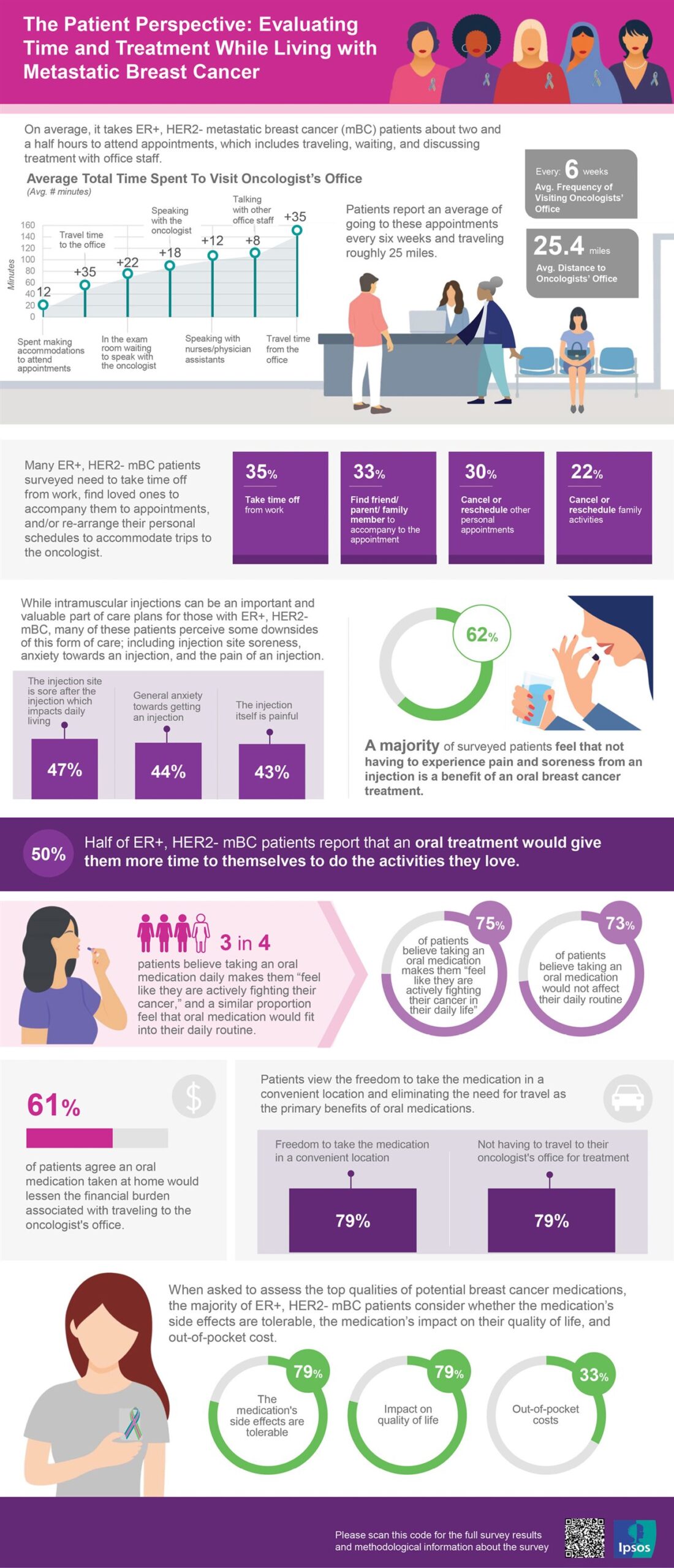2024-04-04T23:01:00
(BPT) – Whether you are in the market for a new home or ready to upgrade your current residence, investing in energy-efficient home improvements could help you save money thanks to the Inflation Reduction Act.
Signed into law in August 2022, the federally funded Inflation Reduction Act includes a record $370 billion reserved spending for energy initiatives, including significant tax credits, rebates and other incentives for homeowners who replace or upgrade their HVAC systems, appliances and insulation. Combined with additional state, local and manufacturer’s programs, these energy-efficient home improvements can help you save considerably at tax time — and lower your utility bills in the long run.
When you’re ready to enhance your home’s efficiency, here’s what you need to know:
Energy-Efficient Home Improvement Credit: Beginning with products installed on Jan. 1, 2023, and extending through the end of 2032, energy tax credits have been expanded from previous programs with increased cost-saving values. They now offer homeowners a rebate up to 30% of eligible expenses up to $1,200 per year each year that the program is active. Homeowners considering an energy-efficient heat pump can save even more money with an additional rebate up to $2,000 available. Eligible upgrades include:
- Home energy audits
- Heat pump HVAC or water heaters
- Biomass stoves and boilers
- High-efficiency gas furnaces
- High-efficiency central air conditioning
- ENERGY-STAR certified doors and windows
- Insulation enhancements
- Electric panel and wiring upgrades
- Clean energy equipment installation
High-Efficiency Electric Home Rebate Program: The High-Efficiency Electric Home Rebate Act, or HEEHRA, is a 10-year program that provides homeowners with rebates up to 100% of the cost of eligible projects up to $14,000. HEEHRA rebates are based on income and can help to fund home improvements such as switching to electric appliances, installing a heat pump or updating your home’s circuit panel. The value of each rebate varies by project and includes up to $8,000 for eligible households to install heat pumps.
State and local rebate programs: In addition to federally funded programs, many state, local and utility rebates are available to incentivize energy-efficient home improvements. These offers can vary so it’s best to speak to a local expert such as your HVAC contractor, or use this zip code-based HVAC savings database at York.com/residential-equipment/rebates-and-savings as a point of reference.
Manufacturer rebates and financing options: When it comes to your home’s efficiency, heating and cooling often account for the most energy consumption — and the highest utility bills. Because of this, upgrading the HVAC system can often provide the greatest payback.
Regardless of your home comfort needs, manufacturers such as YORK have an extensive offering of energy-efficient systems, including electric heat pumps, that may be eligible for certain rebates. Plus, your contractor can discuss available financing options to help with the upfront equipment costs to maximize savings.





















